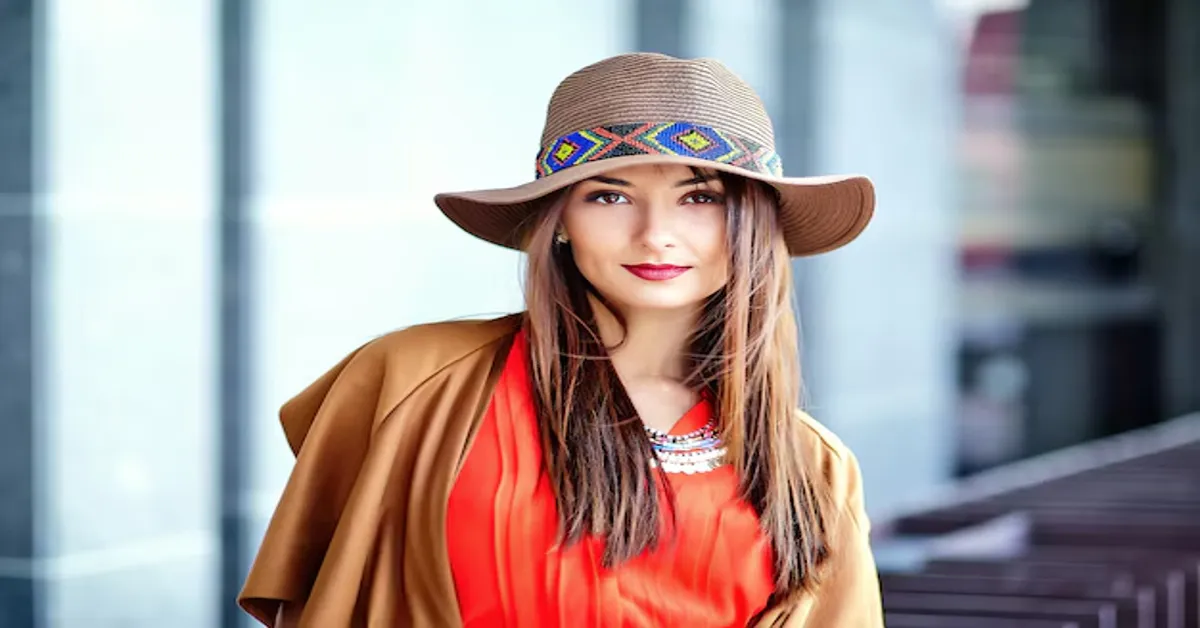Beauty has been admired, defined, and celebrated throughout history, yet it remains one of the most subjective concepts in human culture. The question of “who is the most beautiful woman in the world?” has sparked countless discussions, from classical literature to modern media. Beauty is not only about physical appearance but also charisma, intelligence, talent, and impact on the world.
In this article, we explore the different aspects of beauty, the historical and contemporary figures often deemed the most beautiful, and how beauty standards evolve across cultures and generations.
1. Defining Beauty: More Than Just Looks
Beauty is often associated with symmetrical facial features, glowing skin, and an appealing physique, but true beauty is multidimensional. Factors that contribute to beauty include:
- Physical Features: Symmetry, bone structure, and facial harmony.
- Personality & Charisma: A person’s aura, confidence, and kindness.
- Intellect & Talent: Intelligence, creativity, and passion add depth to beauty.
- Cultural & Social Influence: Beauty is often intertwined with social impact and achievements.
2. Historical Icons of Beauty
Throughout history, some women have been widely regarded as the epitome of beauty. Here are a few legendary figures:
Cleopatra (69–30 BC)
The Egyptian queen was not only known for her physical allure but also for her intelligence, political prowess, and charm. Her beauty was legendary, and historical accounts suggest that her charisma was just as captivating.
Helen of Troy
Dubbed “the face that launched a thousand ships,” Helen of Troy was the mythical figure whose beauty played a role in the Trojan War. She remains an enduring symbol of beauty in literature and art.
Marilyn Monroe (1926–1962)
An icon of Hollywood’s Golden Age, Marilyn Monroe captivated the world with her striking looks, charisma, and talent. Her blend of sensuality and vulnerability made her an enduring beauty figure.
Princess Diana (1961–1997)
Diana’s beauty was not just physical; her compassion and humanitarian work made her an icon of grace and elegance.
3. Scientific Approaches to Beauty
Scientists have attempted to define beauty using mathematical and biological principles.
The Golden Ratio (Phi)
The Golden Ratio (1.618) is often applied to facial symmetry to determine attractiveness. Many famous faces, such as Audrey Hepburn and Bella Hadid, have been analyzed using this formula, with some claiming that their proportions align closely with the “perfect” face.
Facial Symmetry
Studies suggest that symmetrical faces are generally perceived as more attractive because symmetry is associated with good health and strong genetics.
4. Modern-Day Women Celebrated for Their Beauty
Today, beauty is recognized in various forms. Some of the most admired women globally include:
Bella Hadid
Supermodel Bella Hadid was deemed one of the most scientifically beautiful women in the world based on the Golden Ratio analysis.
Aishwarya Rai Bachchan
Often regarded as one of the most beautiful women in the world, Aishwarya Rai’s stunning features and acting prowess have made her an international icon.
Lupita Nyong’o
The Academy Award-winning actress has redefined beauty standards, showcasing that grace, intelligence, and confidence contribute significantly to attractiveness.
Zendaya
Known for her talent and elegance, Zendaya is admired not only for her beauty but also for her advocacy for inclusivity in fashion and media.
Angelina Jolie
Her symmetrical features, humanitarian efforts, and timeless elegance make Angelina Jolie a lasting beauty symbol.
5. Cultural Variations in Beauty Standards
Beauty standards differ across cultures and eras. Here are some cultural influences on beauty:
- Western Beauty Standards: Often emphasize high cheekbones, clear skin, and a symmetrical face.
- East Asian Beauty Standards: Favor delicate features, fair skin, and youthful appearances.
- African Beauty Standards: Celebrate rich skin tones, strong bone structures, and natural hair textures.
- South American Beauty Standards: Highlight curvaceous figures, bold eyes, and expressive features.
These differences show that beauty is subjective and influenced by cultural ideals.
6. The Role of Confidence and Charisma in Beauty
Beyond physical features, confidence and personality significantly enhance a person’s beauty. Traits that contribute to attractiveness include:
- Authenticity: Being true to oneself is one of the most attractive qualities.
- Confidence: People who carry themselves with confidence exude beauty.
- Kindness & Compassion: A warm personality enhances outer beauty.
- Passion & Intelligence: A person passionate about their work and knowledgeable about their field often appears more attractive.
Many of history’s and today’s most beautiful women are admired not just for their looks but for their impact and presence.
7. Conclusion: Beauty Beyond the Surface
The title of “the most beautiful woman in the world” is impossible to assign definitively, as beauty is deeply personal and ever-evolving. While physical features may draw attention, it is confidence, kindness, talent, and impact that make beauty truly timeless.
Instead of striving to fit into a particular beauty mold, embracing one’s unique features and qualities is the most powerful way to radiate beauty.
Frequently Asked Questions
1. Can beauty (the most beautiful woman in the world) be measured scientifically?
While tools like the Golden Ratio attempt to quantify beauty, attraction remains largely subjective and influenced by cultural and personal preferences.
2. Who has been officially named the most beautiful woman in the world?
Several rankings exist, but names like Bella Hadid, Aishwarya Rai, and Angelina Jolie frequently appear in scientific and public opinion-based lists.
3. Do beauty standards change over time?
Yes, beauty ideals evolve with fashion trends, cultural shifts, and societal changes. What was considered beautiful centuries ago may not align with today’s standards.
4. Can confidence make someone more attractive?
Absolutely! Confidence, charisma, and self-love are key factors that enhance a person’s attractiveness.
5. Why is beauty subjective?
Personal experiences, cultural influences, and individual preferences shape our perception of beauty, making it highly subjective.
Who do you think is the most beautiful woman in the world? Share your thoughts in the comments below!









